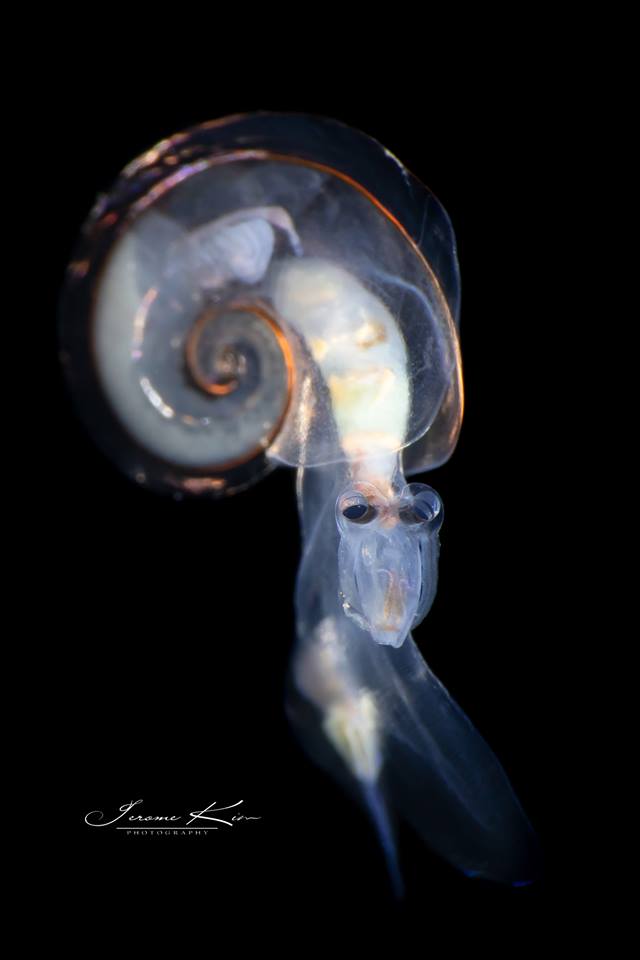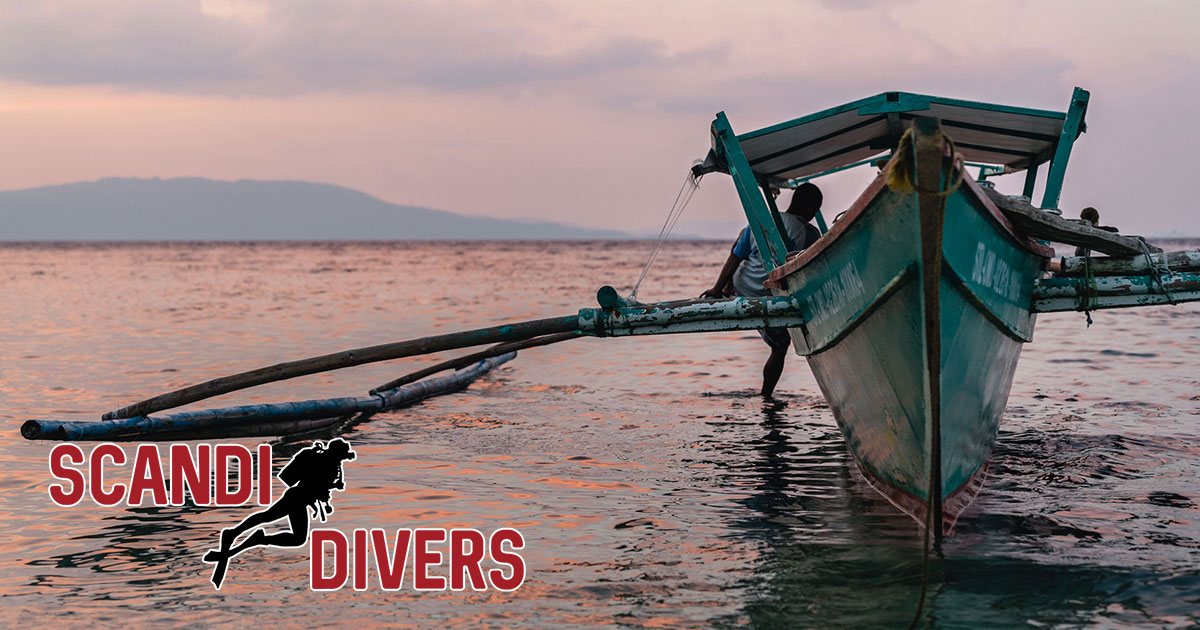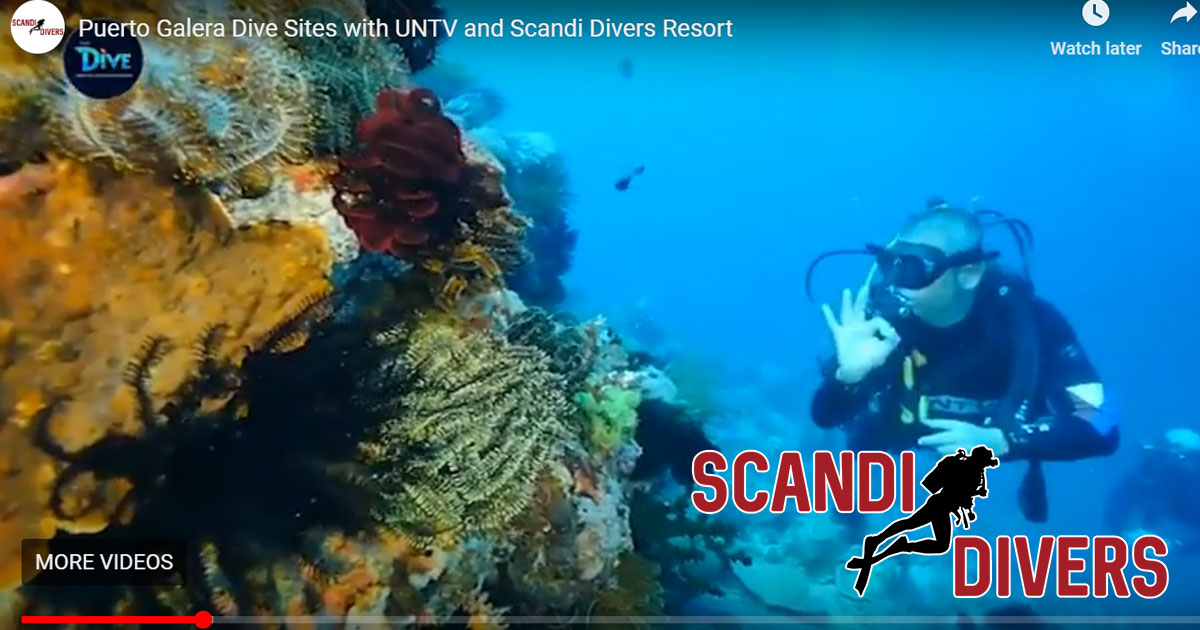A new craze has ripped through the scuba diving world. Blackwater diving has grown dramatically becoming a new and exciting way to see many new species and also to see fish in their early larval stages.
We were lucky to have the professional guidance of Jerome Kim to help us with our blackwater education. Jerome has already taken hundreds of world class blackwater images from locations around the world so were in very capable hands.
As we prepared the line our guides became wide eyed at the thought of hanging out in the Verde Island passage with two hundred meters of water below during the night. We measured out twenty meters of rope, fixed 5000 lumens of lights at the end of the line with some lead weights.Smaller lights were attached at five-meter sections of the rope, gallon containers were attached with plenty of knots to make sure our equipment didn’t drop to the ocean floor.

As the sun started to drop Jerome briefed our team, we would be a mile away from shore before dropping the line with all the lights switched on. Its important to leave it down for a while as the lights attract all the weird and wonderful creatures that live in the open water.

With darkness descending we kitted up and pushed thoughts of sharks and barracuda to the back of our mind. You question your sanity a little bit as you see the lights of Big La Laguna way off in the distance. Looking out into the black water the dive lights were giving off a tremendous glow, we back rolled into the water and descended down into the abyss.
It’s a strange feeling at first, you feel yourself holding the line tightly, staying next to the safety of the glowing lights. After a while you get comfortable, weird little creatures float into your view, things you have never seen before that blow your imagination to pieces. Before you know it all those pre-dive scary thoughts disappear and you finally let go of the line and follow these creatures in the dark waters.
The plankton population was picking up due to the effect of the lights, our light beam focused on a small creature that was about the size of a small pea, as it come closer to us you could see its beautiful round blue eyes that were reflecting in the light. It landed on top of my hand, after a while its legs unfolded and crawled along. After doing some research we figured out it was a larval stage zoea crab.
As the water became darker it felt like being in space, little aliens were all around you, amazing jelly fish with little flashing lights resembling a UFO drifting through the galaxy. The amazing finds continued with a larval scorpion fish about half an inch in size. One of the most common sights was what looked like tiny transparent manta rays that are called sea butterflies, these would swim by flapping their wings, the beauty of these creatures really was something else.

The dive was a great success, we were happy to see so many exciting critters. Jerome took so many images. One of his favorite images was of a beautiful mollusk called an Atlanta Peroni which you can see on this post.
If you would like to try black water diving then speak to the dive team on your next visit to Scandi divers.
Life is too short not to try out new things, they say that scuba diving is the nearest thing to being in space, add the blackwater effect to that and you are one step closer to the moon!













